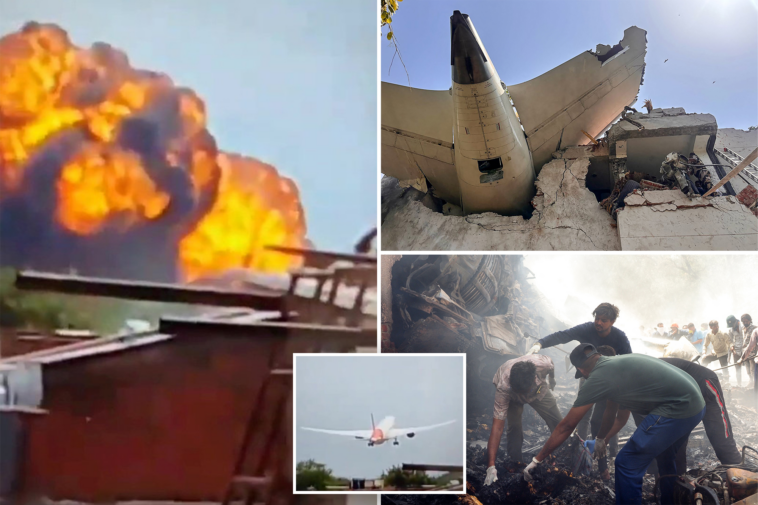Several nations’ aviation regulators have ordered airlines to examine the fuel-control switches on some Boeing aircraft — after a probe into last month’s deadly Air India crash found the devices were flipped off.
India’s Directorate General of Civil Aviation said its directive, which was issued Monday, would apply to Boeing 787 Dreamliners and select Boeing 737 variants.
The airlines must complete their inspections on the systems and submit their findings to the regulator by July 21, the regulator said.
South Korea ordered a similar measure Tuesday as scrutiny of fuel switch locks only intensified in the wake of the June 12 tragedy in Ahmedabad that killed 241 people on board the aircraft and left just one survivor.
Airlines based in other countries — such as Singapore Airlines and Lufthansa — said they voluntarily rechecked their systems after the disaster and found no issues.
Other airlines including Australia’s Qantas and Japan’s ANA also told Reuters they have been routinely checking the systems according to FAA guidance since 2018.
The precautionary moves come as plane-manufacturer Boeing and the US Federal Aviation Administration have been assuring airlines and regulators that fuel switch locks on Boeing jets are safe.
A preliminary report into last month’s tragedy found that the London-bound Boeing 787 Dreamliner’s switches had almost simultaneously flipped from run position to cutoff just 3 seconds after taking off — eliminating the fuel supply to both engines.
The report, which was released last week, did not offer any conclusions as to why the switches were flipped.
One pilot was heard on the cockpit voice recorder asking the other why he’d cut off the fuel.
“The other pilot responded that he did not do so,” the report noted.
Some aviation experts in India have speculated the crash was caused by human error based on the preliminary report.
But the Indian Commercial Pilots’ Association quickly rejected the assumption, saying it was “deeply disturbed by speculative narratives … particularly the reckless and unfounded insinuation of pilot suicide.”
Air India CEO Campbell Wilson on Monday also pushed back that pilot error involving fuel cut-off switches was to blame.
But in an internal memo, Wilson also said the report found no mechanical or maintenance issues with the aircraft and its engines, while all mandatory maintenance tasks of the aircraft had been completed.
“There was no issue with the quality of fuel and no abnormality with the take-off roll. The pilots had passed their mandatory pre-flight breathalyzer and there were no observations pertaining to their medical status,” he said in the note.
In addition to those on board, the crash left another 19 people dead on the ground after the aircraft plunged into a medical college.
British national Vishwash Kumar Ramesh was the sole survivor and was spotted miraculously limping away from the wreckage in the moments after it made impact.
With Post wires



